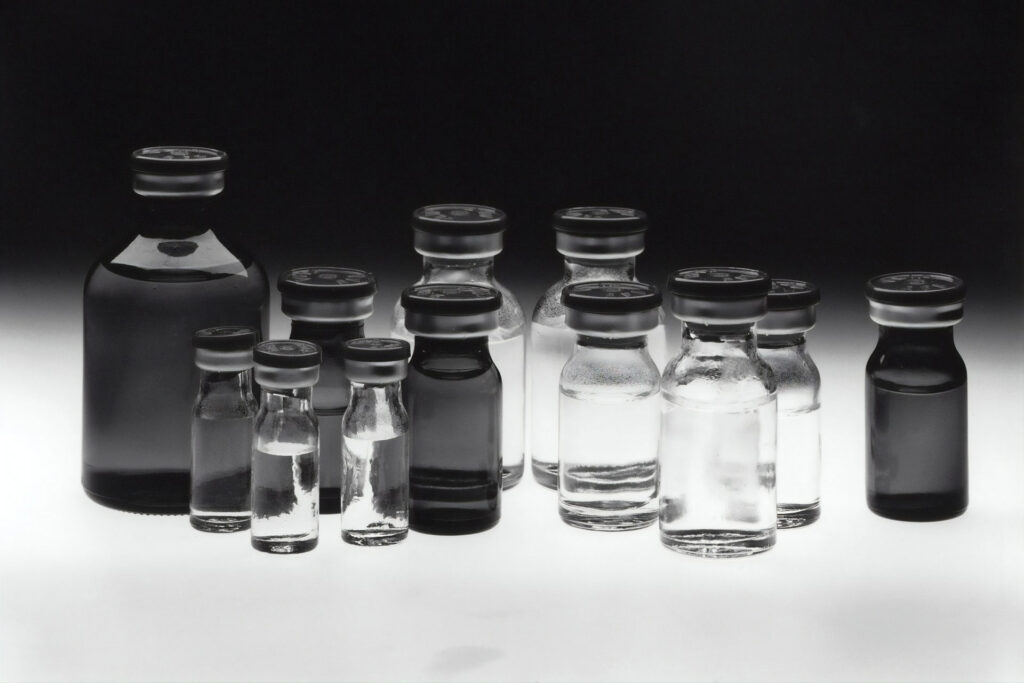Chemotherapy is one of the most commonly used treatments for cancer, aiming to target and destroy cancerous cells. However, while it is an effective treatment, it comes with a variety of side effects. These side effects occur because chemotherapy not only attacks cancer cells but also affects healthy cells, especially those that divide rapidly. Some side effects may be temporary, while others can persist longer, depending on the type of chemotherapy drugs used, the dosage, and the individual’s response to the treatment.
Here’s a list of some common side effects of chemotherapy and ways to manage them:
1. Fatigue
Fatigue is one of the most common and debilitating side effects of chemotherapy. It’s more than just feeling tired; it’s a deep sense of exhaustion that doesn’t improve with rest. The fatigue from chemotherapy can be caused by the body’s response to the treatment, reduced red blood cell counts (anemia), and the overall physical and emotional toll chemotherapy takes on the body.
Management Tips:
- Prioritize rest but try to incorporate light physical activity, such as walking, to improve energy levels.
- Maintain a balanced diet and stay hydrated to help the body recover from the treatment.
- Consult with your doctor about iron supplements or medications to treat anemia if necessary.
2. Nausea and Vomiting
Chemotherapy drugs often cause nausea and vomiting as they affect the gastrointestinal system. While modern anti-nausea medications (antiemetics) are often prescribed to reduce these effects, they can still occur. The nausea may vary depending on the type of chemotherapy, but it is often more severe in the first 24–48 hours after treatment.
Management Tips:
- Take anti-nausea medications as prescribed before and after chemotherapy sessions.
- Eat small, frequent meals that are bland and easy on the stomach, such as crackers, rice, or toast.
- Avoid strong smells or greasy foods that might trigger nausea.
- Ginger or peppermint may also help alleviate nausea for some people.
3. Hair Loss (Alopecia)
Hair loss is one of the most noticeable side effects of chemotherapy and can be distressing. Chemotherapy targets fast-growing cells, and hair follicles are among the fastest-growing cells in the body. Depending on the chemotherapy regimen, hair loss can be partial or complete and may affect not only the scalp but also other areas of the body, such as eyebrows, eyelashes, and body hair.
Management Tips:
- Some patients choose to wear wigs, scarves, or hats to manage the appearance of hair loss.
- Scalp cooling systems may be available to help reduce hair loss during treatment.
- Hair will usually start to grow back once chemotherapy is finished, though it may grow back in a different texture or color.
4. Mouth Sores (Mucositis)
Chemotherapy can cause mouth sores or mucositis, which are painful ulcers that form in the mouth, throat, or digestive tract. These sores can make eating, drinking, and swallowing difficult. They occur because chemotherapy damages the rapidly dividing cells in the lining of the mouth and digestive tract.
Management Tips:
- Use a soft toothbrush and avoid harsh mouthwashes or alcohol-based products.
- Rinse the mouth with a saltwater solution or baking soda and water to soothe irritation.
- Avoid spicy, acidic, or rough-textured foods that might irritate mouth sores.
- Consult your healthcare team for topical treatments to relieve pain or help promote healing.
5. Suppressed Immune System (Low White Blood Cell Count)
Chemotherapy often affects the bone marrow, which produces blood cells, including white blood cells that are essential for fighting infections. As a result, many patients experience neutropenia (low white blood cell count), which makes them more vulnerable to infections. This suppression of the immune system can occur after each chemotherapy cycle and may require precautions to reduce the risk of infections.
Management Tips:
- Wash hands frequently and avoid crowded places or contact with sick individuals.
- Notify your doctor if you have a fever or signs of infection, such as a sore throat or cough.
- Depending on the severity, your doctor may prescribe medications to boost white blood cell counts or recommend antibiotic treatments to prevent infections.
6. Anemia (Low Red Blood Cell Count)
Anemia is another side effect of chemotherapy. Red blood cells, which carry oxygen throughout the body, can be depleted by chemotherapy, leading to feelings of weakness, dizziness, or shortness of breath. Anemia can also increase fatigue levels and make daily activities more challenging.
Management Tips:
- Eat iron-rich foods such as spinach, lean meats, and fortified cereals.
- Your doctor may prescribe iron supplements or even blood transfusions if anemia becomes severe.
- Regularly monitor red blood cell counts to assess the need for additional treatments.
7. Diarrhea or Constipation
Chemotherapy can disrupt the normal function of the gastrointestinal system, leading to either diarrhea or constipation. This can be caused by the direct effect of the chemotherapy drugs on the digestive tract or by changes in diet or medication.
Management Tips:
- Drink plenty of fluids to stay hydrated, especially if diarrhea occurs.
- Eat a balanced diet that includes fiber to help regulate bowel movements.
- Your healthcare provider may prescribe medications to manage diarrhea or constipation, depending on the symptoms.
8. Changes in Skin and Nails
Chemotherapy can cause various skin and nail changes, including dryness, redness, sensitivity, and peeling. Some patients may experience darkening of the skin, especially around the hands and feet, while nails may become brittle or discolored.
Management Tips:
- Use moisturizers and gentle skincare products to keep the skin hydrated.
- Wear gloves to protect your hands from irritants and avoid direct sunlight exposure to prevent skin damage.
- Keep nails trimmed and avoid harsh nail treatments or acrylic nails that can worsen the condition.
9. Cognitive Changes (Chemotherapy Brain)
Many patients undergoing chemotherapy experience cognitive changes often referred to as “chemo brain.” This condition can manifest as difficulty concentrating, forgetfulness, and a general sense of mental fogginess. Although these cognitive issues are usually temporary, they can significantly affect a person’s daily functioning.
Management Tips:
- Engage in cognitive exercises, such as puzzles or memory games, to help stimulate the brain.
- Keep a written calendar or planner to help remember appointments, tasks, and important dates.
- Speak with your healthcare team about any cognitive concerns to develop strategies to manage the symptoms.
10. Peripheral Neuropathy
Certain chemotherapy drugs, such as those used to treat breast cancer or other solid tumors, can cause nerve damage, leading to peripheral neuropathy. This condition results in numbness, tingling, or a burning sensation, often in the hands and feet. In more severe cases, it may affect the ability to walk or perform everyday tasks.
Management Tips:
- Speak with your doctor if you experience any signs of neuropathy, as they may adjust your treatment plan.
- Occupational therapy and physical therapy may help maintain mobility and reduce discomfort.
- Protective footwear and warm clothing can help mitigate symptoms during colder months.
Conclusion
While chemotherapy remains a powerful and effective tool in the fight against cancer, it often comes with a range of side effects that can affect a person’s physical, emotional, and mental well-being. It is important for patients undergoing chemotherapy to maintain open communication with their healthcare providers about any side effects they experience. Managing these side effects, through medication, lifestyle adjustments, or supportive therapies, can significantly improve the quality of life during treatment.
It is also crucial to note that the side effects of chemotherapy vary greatly from person to person, and not everyone will experience all of these symptoms. If you or a loved one are undergoing chemotherapy, make sure to work closely with your medical team to create a plan to address these potential side effects and optimize the treatment process.

